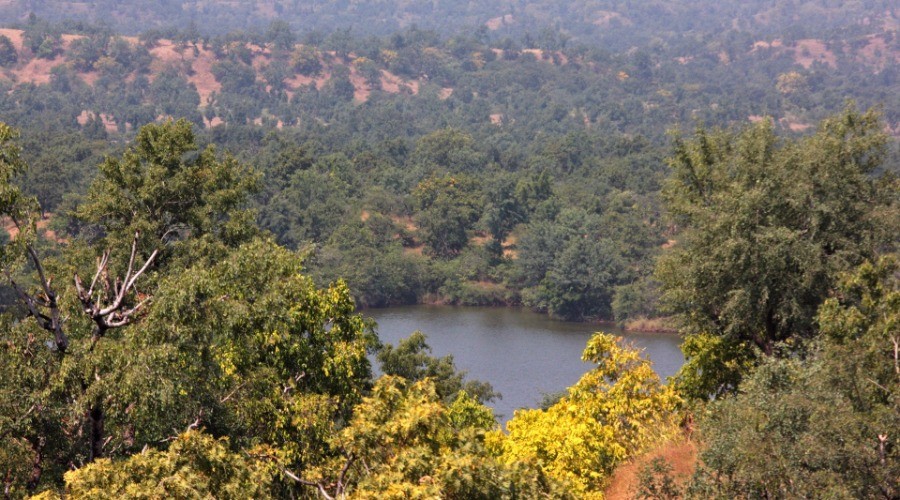The Revival Of Yawal Wildlife Sanctuary
Yawal in Maharashtra: from case study of encroachment to poster child for collaborative conservation
Spread across 1,800 hectares, Yawal Wildlife Sanctuary in Maharashtra is an important tiger corridor. But for decades now, it’s been less of a tourist destination, and more of a classic case study of conservation management gone wrong. Encroachment has been rife, and tensions between stakeholders high.
The region is home to a number of tribes and sub-tribes that are traditionally dependent on non-timber forest products or NTFPs, such as bamboo and fish, rather than on agriculture. While Yawal was declared a Wildlife Sanctuary in 1969, it was brought under the purview of the Forest Department only in 1996, when the extraction of NTFPs and bamboo from forests was outlawed. In the years since the ban, Yawal and its people have had a long, conflict-ridden and complicated history.
Under the Scheduled Tribes and Other Traditional Forest Dwellers (Recognition of Forest Rights) Act of 2006, usually known simply as the Forest Rights Act (FRA), any forest dwellers who can prove a verifiable claim can be granted rights to the resources of the forest. Many believe that the Act actually encourages encroachment, and unfortunately, Yawal has been a poster child for this belief.
However, in a recent story in Frontline, researchers from Kalpavriksh, a non-profit working on environmental and social issues, make a convincing argument for how Yawal should instead be looked at as an exemplary case of Gram Sabhas working in tandem with community-based organisations to use the FRA to protect wildlife.
For the past four years, the forest and revenue department, along with grassroots organisations and tribal communities, have been working together to prevent further encroachment and to restore degraded forest land. With the forest department’s support, the Gram Sabhas were able to control the timber mafia, which had terrorised the area for decades.
And in 2016, a tiger was spotted in Yawal after 15 years. There’s no clearer sign that the forests in Yawal are regenerating, and that stakeholders working together can make a real difference to conservation. If we have learned anything from Yawal, it is that the ecological security of sanctuaries cannot be delinked from the livelihoods and cultural security of the communities that live within it.
Cover photograph of Yawal Wildlife Sanctuary by Poonam Kakodkar
